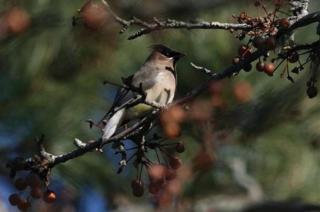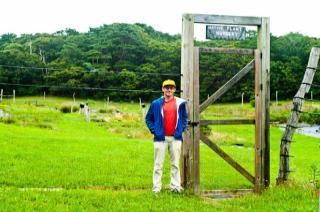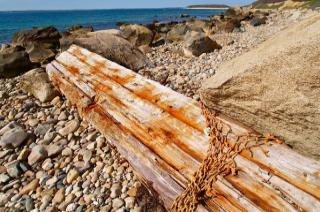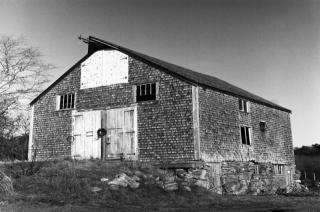Two Vineyard institutions, the Vineyard Gazette and The Nature Conservancy (TNC), have announced a new partnership to advance an innovative approach to the Island’s environmental challenges. A new section on the Gazette website (mvgazette.com/nature-conservancy) will introduce Gazette readers to the principles and techniques of TNC’s Vineyard Habitat Network, which pairs TNC know-how with the energy and resources of conservation-minded Islanders.
Launched in 2011, the Habitat Network is free to participants and involves no obligations.




